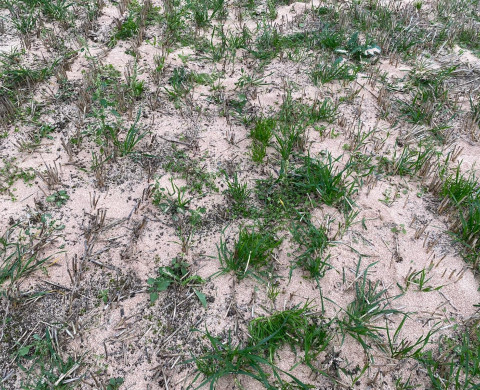AgriWood

In AgriWood, we examine the best strategies to stimulate saprotrophic fungi (fungi growing on dead organic materials) in arable soil. Most arable soils contain a very low amount of fungal filaments (hyphae). This is due to intensive tillage, use of fungicides and lack of degradable organic materials. The latter factor appears to be the most important one and, therefore, growth of saprotrophic fungi can be enhanced by feeding them. This can have several benefits, including the increase of natural disease suppression (intensification of competition between saprotrophs and pathogens), improving the efficiency of use of nitrogen fertilizers (fungi can store overloads of nitrogen), contribution to a better soil structure (fungal hyphae are involved in soil aggregate formation) and stimulation of a richer soil food web (increase of fungus-feeding micro- and mesofauna). Solid, carbon-rich materials are well suited to stimulate saprotrophic fungi and in our previous research (project Saprofeed) we found that sawdusts of deciduous trees perform particularly well: rapid and long-lasting stimulation. More details on this research is available at: https://edepot.wur.nl/537032
In the current project, we examine the addition of sawdust in greenhouse- and field-trials to optimize the application strategies for different purposes (disease suppression, reduction nitrogen losses).
Nederlandse beschrijving van het onderzoek in: https://library.wur.nl/WebQuery/wurpubs/fulltext/545998

